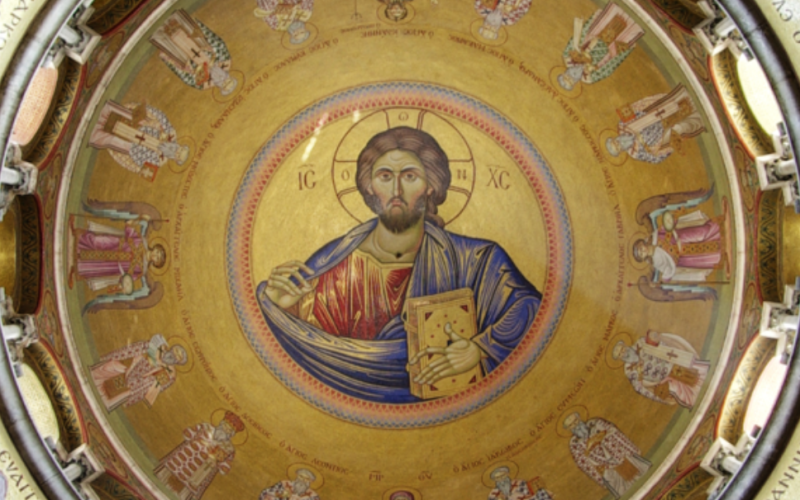Israeli archaeologists made a discovery that’s shaking up everything we thought we knew about ancient Christian communities in the Middle East.
The find raises fascinating questions about the diversity of early Christian believers.
And Israeli archaeologists just uncovered these jaw-dropping artifacts that stunned Biblical scholars.
Remarkable discovery in the Negev Desert
The Israel Antiquities Authority (IAA) announced an extraordinary archaeological find at Tel Malḥata, an ancient mound in the Arad Valley of the Negev Desert. The discovery was made public on May 14, revealing rare figurines and artifacts found in 1,500-year-old graves of women and children.
The excavation unearthed multiple figurines with human face shapes, along with scattered artifacts including jugs and pottery fragments. Pictures from the IAA show these remarkable items that tell us much about who was living in ancient Israel.
Archaeologists also found other burial offerings including glassware, bronze bracelets, and jewelry made of stone and alabaster. The burials were conducted according to ancient Christian tradition, with excavators describing the figurines as “heads of African figures, carved in black wood.”
This discovery is challenging long-held assumptions about the makeup of early Christian communities in the region.
African Christians in ancient Israel
Researchers detailed in a journal article that the figurines show evidence of a Christian community living in Southern Israel “about 1,500 years ago, possibly with some of its members coming from Africa.”
“Carved from bone, and from ebony wood – a rare raw material originating from southern India and Sri Lanka – the figurines were designed in the form of women and men bearing prominent African facial features, and with a hole for the purpose of wearing them around the neck,” the article stated.
These weren’t just random trinkets. Researchers believe “their purpose was not only decorative, but also as intimate personal items carrying with them a story of identity, tradition and memory.”
The figurines were found carefully placed among the deceased, and despite being 1,500 years old, they’ve remained remarkably well-preserved.
Ancestral traditions continued after conversion
“It is possible that the figures represent ancestors, and thus they reflect traditions passed down from generation to generation – even after the adoption of the Christian religion,” the researchers explained.
“It is likely that a woman and a child who were buried side-by-side, and in whose graves two of the figurines were discovered, belonged to the same family – and perhaps they were even mother and son.”
Tel Malḥata was once a crucial crossroads that merchants from the Arabian Peninsula, India, and Africa used during ancient times. This discovery provides evidence that some of those travelers may have settled in the region, bringing their customs and beliefs with them.
The IAA noted that unearthing African figurines in Christian graves in Israel is quite unusual, calling it “a rare discovery” that “deepens our understanding of the cultural diversity among the inhabitants of the country in this region about 1,500 years ago.”
A melting pot of cultures
Eli Escusido, director of the IAA, described the findings as “moving, not only from an archaeological perspective, but also on a human level.”
“They serve as a reminder that the Land of Israel has always been a crossroads of cultures and peoples – individuals arrived here, integrated into the local population, and yet still carried with them traditions and beliefs from distant lands,” Escusido added.
This remarkable discovery joins several other significant finds by the IAA in recent months. In December, the agency announced the discovery of the oldest-known Chinese inscription in Israel at the holy site of Mount Zion. In March, an Israeli child uncovered a 3,800-year-old Canaanite amulet at Tel Azeka in the Judean Foothills.
These discoveries continue to paint a picture of ancient Israel as a diverse melting pot where various cultures and beliefs intermingled. The African Christian community that left these figurines behind reminds us that the story of Christianity’s spread is more complex and diverse than many realize.
The ebony carvings, preserved for 1,500 years in the dry desert climate, now offer archaeologists and historians a new window into understanding how different cultures maintained their identities while embracing new religious beliefs.
For believers today, these discoveries serve as a powerful reminder that Christianity has always been a faith embraced by diverse peoples and cultures across the world.
















